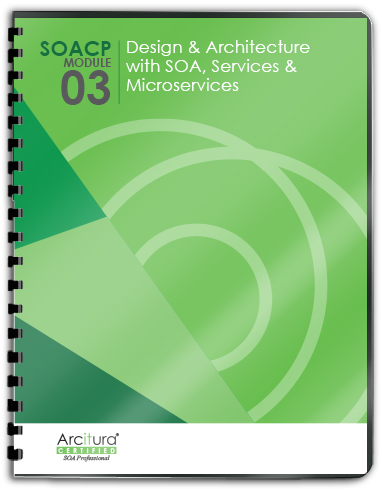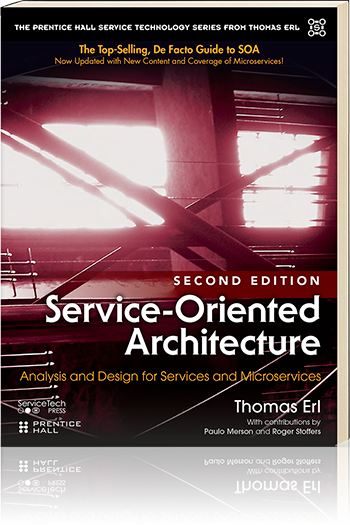SOA Patterns > Basics > Service-Orientation Principles > Effects of Service-Orientation on the Enterprise > The Service Composition
The Service Composition
Applications, integrated applications, solutions, systems, all of these terms and what they have traditionally represented can be directly associated with the service composition. However, given the fact that many SOA implementations consist of a mixture of legacy environments and services, these terms are sure to survive for quite some time.
In fact, as SOA transition initiatives continue to progress within an enterprise, it can be helpful to make a clear distinction between a traditional application (one which may reside alongside an SOA implementation or which may be actually encapsulated by a service) and the service compositions that eventually become more commonplace.

Figure 1 – A service-oriented solution, application, or system is the equivalent to a service composition. If we were to build an enterprise-wide SOA from the ground up, it would likely be comprised of numerous service compositions capable of fulfilling the traditional roles associated with these terms.
Service Compositions and Technology Architecture
Because applications have existed for as long as IT, when technology architecture as a profession and perspective within the enterprise came about, it made perfect sense to have separate architectural views dedicated to individual applications, integrated applications, and the enterprise as a whole.
When standardizing on service-orientation, the manner in which we document technology architecture is also in for a change. The enterprise-level perspective becomes predominant as it represents a master view of the service inventory. It can still encompass the traditional parts of a formal architecture, including conceptual views, physical views, and supporting technologies and governance platforms – but all these views are likely to now become associated with the service inventory.
A new type of technical specification that gains prominence in service-oriented enterprise initiatives is the service composition architecture. Even though we talk about the simplicity of combining services into new composition configurations on demand, it is by no means an easy process. It is a design exercise that requires the detailed documentation of the planned composition architecture.
For example, each service needs to be assessed as to its competency to fulfill its role as a composition member, and foreseeable service activity scenarios need to be mapped out. Message designs, messaging routes, exception handling, cross-service transactions, policies, and many more considerations go into making a composition capable of automating its designated business process.

